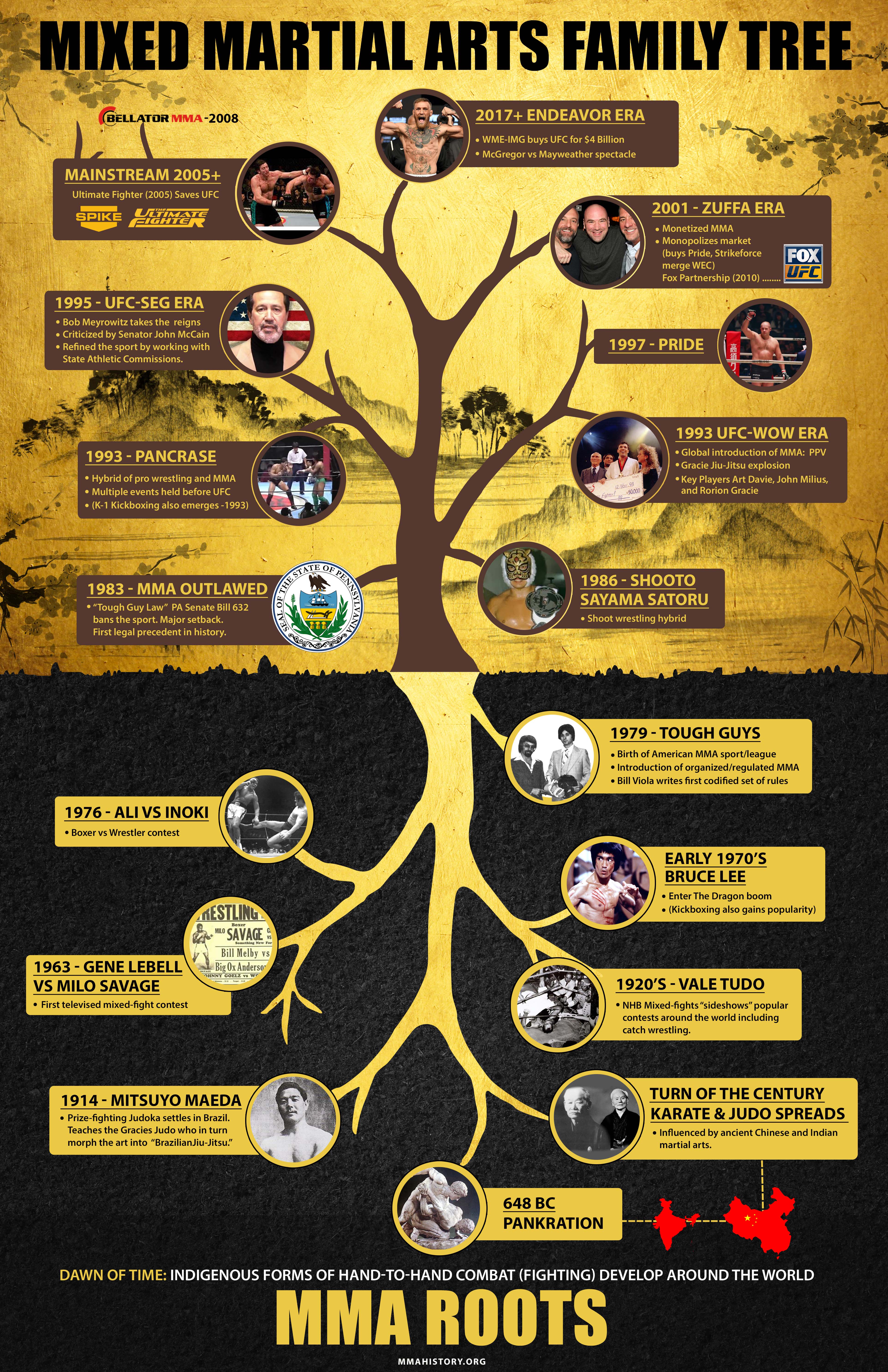Demystifying The Various Fighting Style Styles: From Karate To Taekwondo
Demystifying The Various Fighting Style Styles: From Karate To Taekwondo
Blog Article
Writer-Haugaard Pierce
Are you tired of sensation overwhelmed by the large globe of fighting styles? With so many designs to select from, it can be simple to obtain shed in a sea of strikes, kicks, and strange names. Yet worry not!
This discussion will certainly debunk the various martial arts styles, taking you on a journey from the effective strikes of Karate to the dynamic kicks of Taekwondo. Get ready to discover the beginnings, methods, and approaches behind these ancient art forms.
So, tighten your belt and prepare to embark on an informing expedition right into the captivating globe of martial arts.
Beginnings of Martial Arts Styles
The beginnings of fighting styles styles can be traced back to ancient civilizations and their requirement for protection and battle strategies. Throughout background, different societies developed their own unique methods of battling, each with its own set of methods and viewpoints.
In China, as an example, fighting styles styles such as Kung Fu and Tai Chi were established as a way of self-defense and improving physical and psychological well-being.
In Japan, the samurai warriors developed designs like Martial arts and Judo, focusing on technique, accuracy, and mastery of the body.
In a similar way, in Korea, Taekwondo emerged as a martial art highlighting high kicks, fast activities, and mental perseverance.
These very early worlds laid the structure for the diverse array of fighting styles designs that exist today, each with its very own abundant history and cultural relevance.
Techniques and Training Techniques
To understand martial arts styles, experts should find out different strategies and training methods.
Strategies are the certain motions and actions made use of in combat, such as punches, kicks, tosses, and blocks. Various fighting styles styles have their own distinct set of methods that professionals must master via strenuous training.
Educating approaches vary relying on the style, however they typically include a mix of physical conditioning, drills, competing, and kinds.
Physical fitness is essential to develop strength, flexibility, and endurance. Drills assist specialists improve their techniques and enhance their rate and accuracy.
Competing allows https://josueelsxc.tokka-blog.com/33477490/exactly-how-youth-martial-arts-can-equip-youngsters-construct-self-confidence-and-furnish-them-with-critical-self-defense-abilities-aiding-to-prevent-intimidation-cases to exercise their techniques in a managed, realistic setting. Types, additionally known as kata, are deliberate series of motions that assist experts create muscle memory and focus.
Approaches and Principles
Checking out the ideologies and principles of fighting styles styles can give you with a deeper understanding of your chosen self-control. aikido martial arts has its own unique philosophy and set of assisting principles that form the means it's exercised.
As an example, Martial arts highlights self-control, respect, and self-control. It educates specialists to concentrate their minds and bodies, allowing them to safeguard themselves while preserving a sense of internal peace.
On the other hand, Taekwondo puts a strong emphasis on speed, agility, and adaptability. https://www.kansas.com/news/business/biz-columns-blogs/carrie-rengers/article276652711.html are rooted in the tenets of politeness, integrity, determination, self-control, and unbeatable spirit.
Conclusion
Now that you have actually discovered the origins, strategies, and ideologies of various martial arts styles, you have a deeper understanding of these old disciplines.
Imagine a young karate trainee, experimenting undeviating decision and emphasis, appearing boards with an effective punch.
Their journey showcases the dedication and stamina needed to understand a fighting style, reminding us that with technique and determination, anything is feasible.
